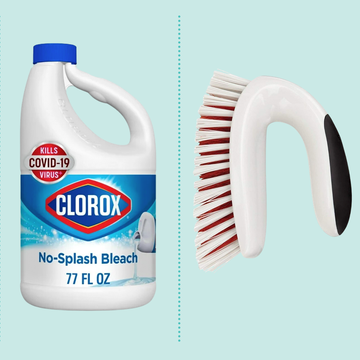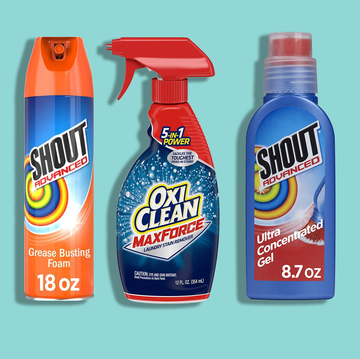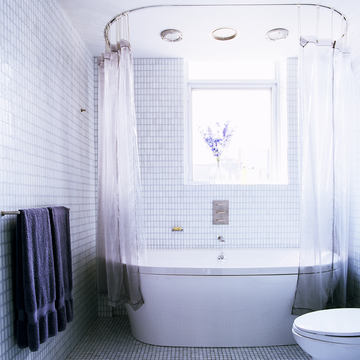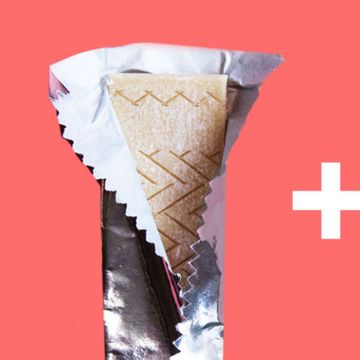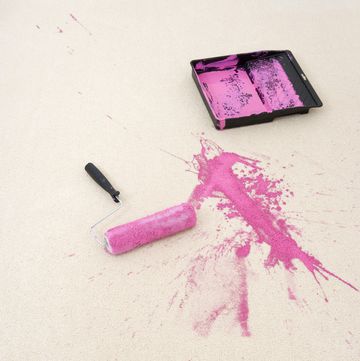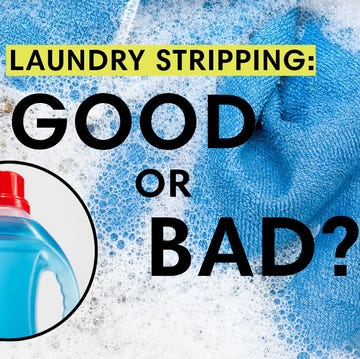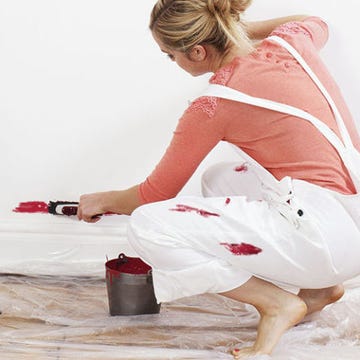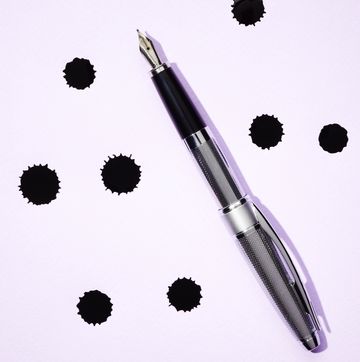Fabric
1. Mix one tablespoon of sodium thiosulfate with one cup of warm water.
2. Using a clean white cloth, sponge the stain with the sodium thiosulfate solution.
3. Blot until the liquid is absorbed.
4. Repeat Steps 2 and 3 until the stain disappears.
5. Launder.
Upholstery
1. Mix one tablespoon of liquid hand dishwashing detergent with two cups of cool water.
2. Using a clean white cloth, sponge the stain with the detergent solution.
3. Blot until the liquid is absorbed.
4. Repeat Steps 2 and 3 until the stain disappears or is no longer absorbed into the cloth.
5. If the stain remains, mix one tablespoon of white vinegar with two cups of cool water. Sponge the stain with the solution. Blot until the liquid is absorbed.
6. Sponge with cold water and blot dry.
Carpet
1. Mix one tablespoon of liquid hand dishwashing detergent with two cups of warm water.
2. Using a clean white cloth, sponge the stain with the detergent solution.
3. Blot until the liquid is absorbed.
4. Repeat Steps 2 and 3 until the stain disappears or is no longer absorbed into the cloth.
5. If the stain remains, mix one tablespoon of white vinegar with two cups of warm water. Sponge the stain with the solution. Blot until the liquid is absorbed.
6. Sponge with cold water and blot dry.
Worth a Try
You might be able to reclaim a mistakenly bleached item by dying it a darker color. Treat the item first with a color remover. This will help minimize the contrast between the bleach spots and the original color, increasing your chances that the item will dye evenly.
Treat the Bleach
If you splash chlorine bleach on carpeting or upholstery, the color loss is permanent. You should still treat the stain, however; if you leave the stain untreated, it may oxidize to a yellowish color.
For more on stain removal, see Good Housekeeping's Stain Rescue





